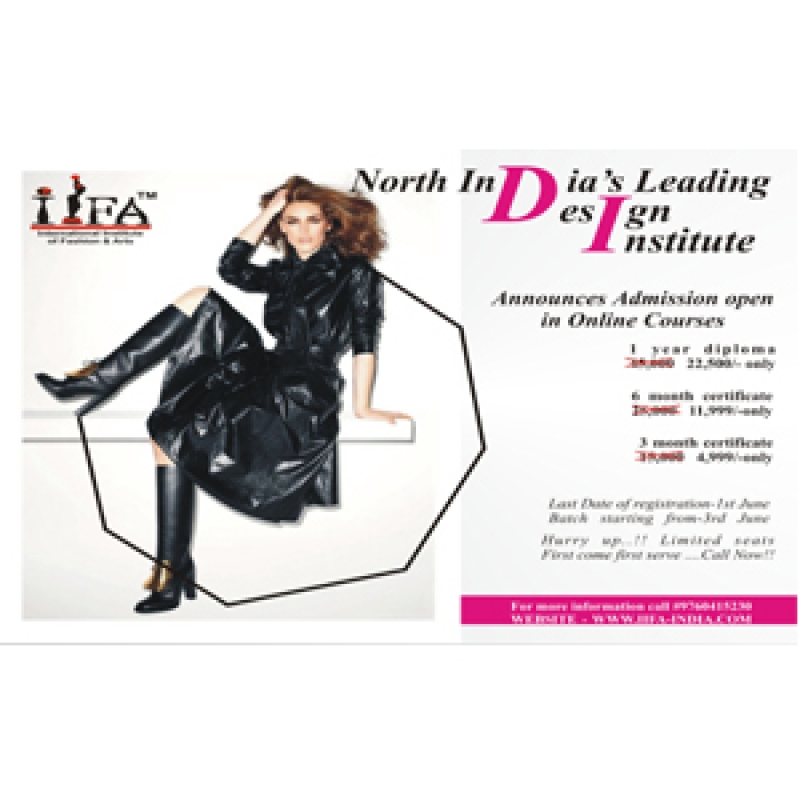The Original Y2K Crisis
At the dawn of the new millennium, a bug in the way computers stored calendar dates posed a significant risk. Most systems recorded years using only the last two digits—“99” for 1999, for example. The fear was that once the year rolled over to “00,” systems might interpret it as 1900 instead of 2000, causing everything from banking failures to airline malfunctions.
Governments and corporations invested billions to audit and update systems. Though widespread disaster was averted, the "Y2K Bug" left a lasting impression—technology was not infallible, and the digital world was more fragile than many had assumed.
Post-Y2K: Lessons and Legacy
After the clock struck midnight and the world continued turning, the Y2K event became known as the "non-disaster of the century." But the investments made in infrastructure, cybersecurity, and software development laid the groundwork for the internet age. In a sense, Y2K fast-tracked global digital resilience and underscored the importance of proactive planning in technology.
Beyond its technical legacy, Y2K also became a cultural timestamp. It marked a moment of transition, not just between centuries, but into a new era of digital globalization. The optimism and futurism of the early 2000s became intertwined with memories of Y2K—both the bug and the style.
Y2K Aesthetic: A Nostalgic Rebirth
In the 2020s, “Y2K” has resurfaced in an entirely new context. Gen Z and late Millennials have sparked a revival of the early-2000s aesthetic, embracing the flashy, futuristic, and sometimes chaotic style that defined the turn of the millennium.
The Y2K aesthetic includes:
-
Fashion: Metallics, low-rise jeans, crop tops, butterfly clips, and cyber-glam accessories.
-
Design: Glossy user interfaces, skeuomorphic 3D icons, and neon-infused visuals reminiscent of early web design and media players.
-
Pop Culture: A renewed appreciation for artists like Britney Spears, Destiny’s Child, and early internet phenomena like MySpace and AOL chatrooms.
This revival isn’t just a trend—it’s a form of digital nostalgia. In a world dominated by slick minimalism and algorithmic efficiency, the loud and playful Y2K aesthetic offers a comforting reminder of a more naive, exploratory internet.
From Fear to Fashion: What Y2K Means Today
The evolution of Y2K—from a technological scare to a style inspiration—demonstrates the cyclical nature of culture. What once symbolized uncertainty now evokes a kind of digital innocence. It reflects how we process the past: turning old fears into art, reinterpreting panic as personality, and using history to shape future trends.
As AI, quantum computing, and immersive digital realities emerge as the new frontiers, perhaps future generations will look back at our present with the same mix of curiosity and amusement. The Y2K evolution is more than a nostalgic callback—it's a reminder that the past doesn't just inform the future; it often reappears in unexpected, and sometimes beautiful, ways.
Conclusion
Y2K was once a symbol of uncertainty, a warning about technological oversight. Now, it’s a symbol of creativity, rebirth, and retro charm. From bug to beauty, crisis to culture, the evolution of Y2K reflects how we adapt, reinterpret, and ultimately celebrate the complexities of our digital age.



















Your Message